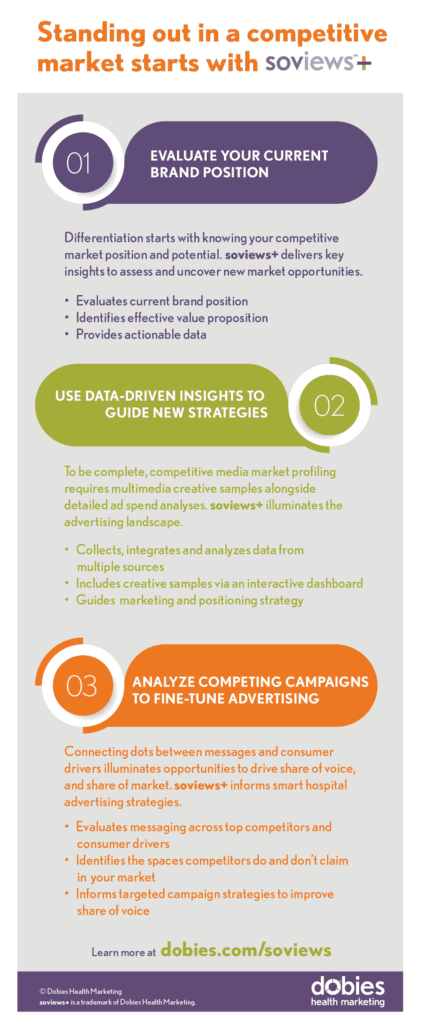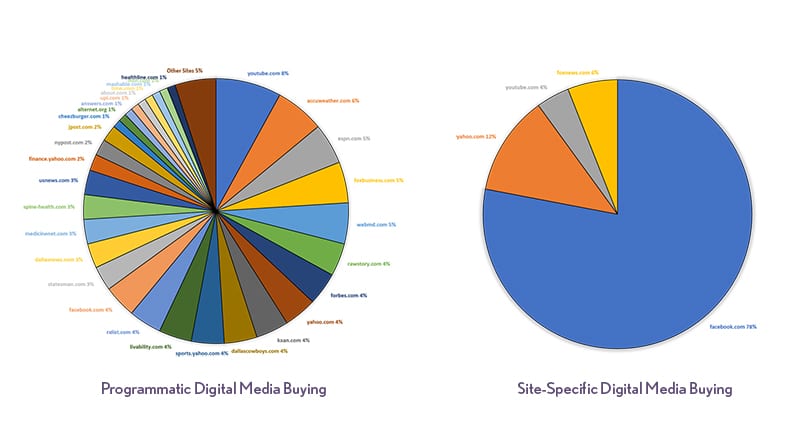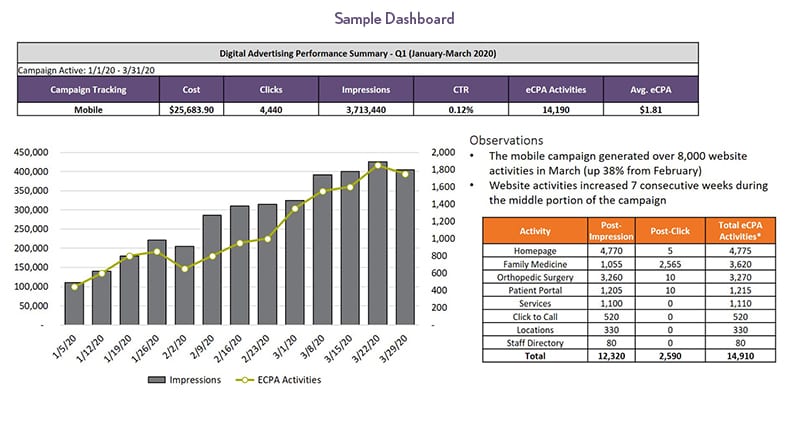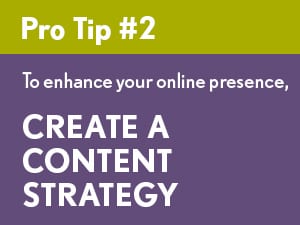How to Reach Consumers Who Make Healthcare Decisions for Many

My mom, my daughter and me on Mother’s Day 2015
Like most wives and mothers, I have a say in all healthcare decisions for my husband, my teenager, and myself – but my influence doesn’t end there. As my 80-something mother becomes increasingly reliant on loved ones to take the reins for her well-being, I now play a role in her healthcare choices as well. This makes me a member of the “Sandwich Generation,” tasked with caring for a parent as well as a dependent.
It’s a well-populated place, this Sandwich Generation. According to Pew Research Center, nearly half of all U.S. adults age 40-59 fit the definition. Smart healthcare marketers will seek our attention and recognize that:
- We are key decision-makers as healthcare consumers, given our involvement in multi-generational healthcare needs; and
- This position we occupy in our families can be stressful, so sometimes what we need most is helpful guidance from trusted sources that bring information to us in easily digestible formats, rather than waiting and hoping we’ll find it ourselves.
Gaining the Attention – and Trust – of the Sandwich Generation
From one healthcare marketer to another, here are some tactics to consider when you want to win the hearts and minds of this influential market segment (the majority of whom are Gen X):
Go digital. Not surprisingly, people in the Sandwich Generation are busy. Pew found that nearly one in three (31%) report “always feeling rushed,” compared to less than one in four adults (23%) outside the Sandwich Gen. Because we are more pressed for time, trying to reach us via traditional print channels won’t bring much return – particularly during the busy work/school week. How and where you will find us online:
- Social media – target the Sandwich Generation with paid advertising on social media outlets to reach beyond your following. Facebook is Gen X’s favorite social site, and Pinterest – with its small-but-growing user base largely comprised of women (often the household’s primary decision-maker in matters of health/healthcare) – is worth consideration as you plan your social content calendar. Time your posts and ads to catch us in the evenings and on weekends when we have more time to engage and dive in. [Check out these tips for directing the conversation on social media.]
- Advertise on news websites and blogs – digital display ads grab our attention when we’re catching up on news, looking up how-to’s, etc. Search and/or site retargeting tactics will keep your ads in front of us as we go about our business online.
- Host your own blog – post relevant, helpful content, such as topics around parenting and managing the health, wellness, and fitness of our children (mostly tweens, teens and young adults), ourselves (42% Gen X; 33% Boomers), and our parents (age 65+).
- Online videos – whether it’s pre-roll advertising (those :15 and :30 ads that play before the main video), or clips you host on YouTube and include in your blog and social shares, videos can be a great way to expand reach, and even go viral if done well. [Check out these best practices from Advertising Age on determining video length.]
Let us know where you can offer value. Be as forthcoming and accurate as possible about the costs for a given exam, test, procedure, hospital stay, etc. This will be much appreciated by the Sandwich Gen because the dual caregiving roles impose financial strain for some. When asked by Pew, only 28% of Sandwich Generation respondents described their financial situations as comfortable, compared to 41% of non-Sandwichers (and the former outnumbered the latter by nearly 2:1 in the “just meet basic expenses” category).
Speaking for my fellow Sandwichers, we do not want to cut corners when it comes to our loved ones’ well-being. But, as we save/pay for kids’ college educations and in some cases provide financial support for aging parents, we do actively look for ways to avoid spending more out-of-pocket than necessary. If you can offer greater savings/higher value, let us know about it. And, if your organization is in a position to teach us how to self-manage the health and wellness concerns of our aging parents to the fullest extent we are able, that’s value. Make it known.
Be transparent about quality, too. Value is important, but so is quality. We don’t take our role as healthcare consumers lightly, and we want to rest assured that we’re providing quality care for the people we love. If your organization is a hospital, publish your quality rankings/recognition online. If you’re a surgery center, publish your low complication and infection rates, and outcomes data. Help us make truly informed healthcare decisions for the good of our families, and you’ll be that much closer to making loyal customers out of us.
When you let the unique needs, wants, and demands of your target consumer base drive your advertising messages and tactical plan, you give your healthcare company much better odds of getting noticed. And, when your target consumers do take action and you follow through with exceptional experiences at every encounter, you gain their trust and loyalty – and they, being mostly Gen Xers, will reward you with positive online reviews, social shares and word-of-mouth referrals. Content development people like me live and breathe this notion every day. We let the needs and perspectives of our audience lay the foundation for a tactical approach that serves meaningful, on-point content and gets results.







 This week in our Healthcare Branding Series, let’s focus on the importance of digital content strategies.
This week in our Healthcare Branding Series, let’s focus on the importance of digital content strategies. Going viral…it’s the holy grail of modern-day mass marketing. How do you breathe enough life into your content for it to touch thousands or even millions of people beyond your reach? It’s not easy, but it does become easier if you know what you’re doing before you start production. Follow these five tips to boost your marketing content into the hallowed halls of virality:
Going viral…it’s the holy grail of modern-day mass marketing. How do you breathe enough life into your content for it to touch thousands or even millions of people beyond your reach? It’s not easy, but it does become easier if you know what you’re doing before you start production. Follow these five tips to boost your marketing content into the hallowed halls of virality: